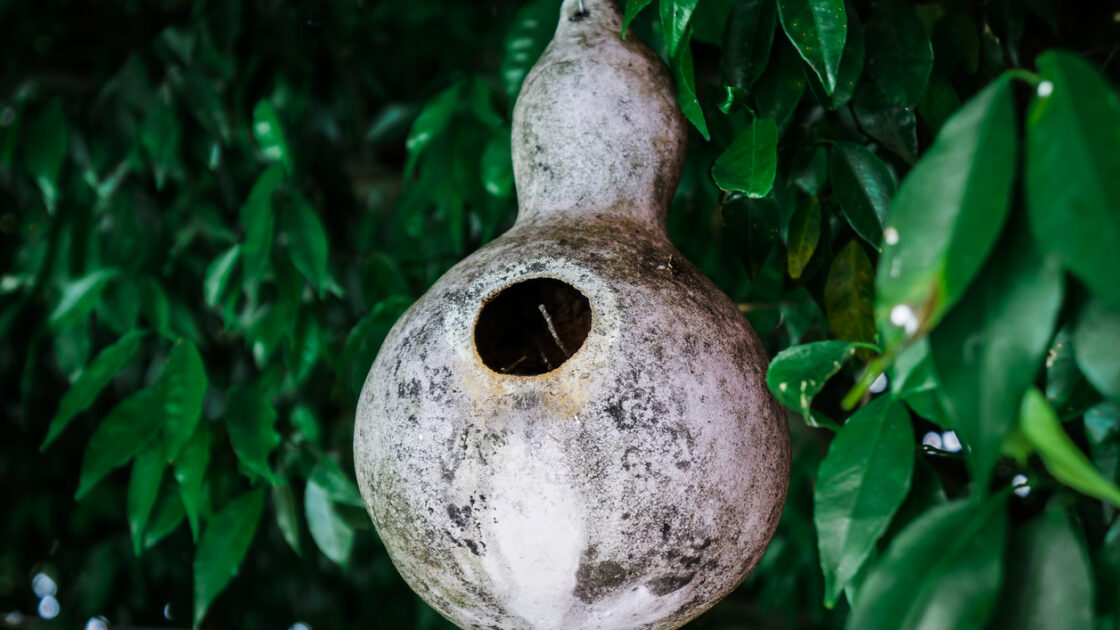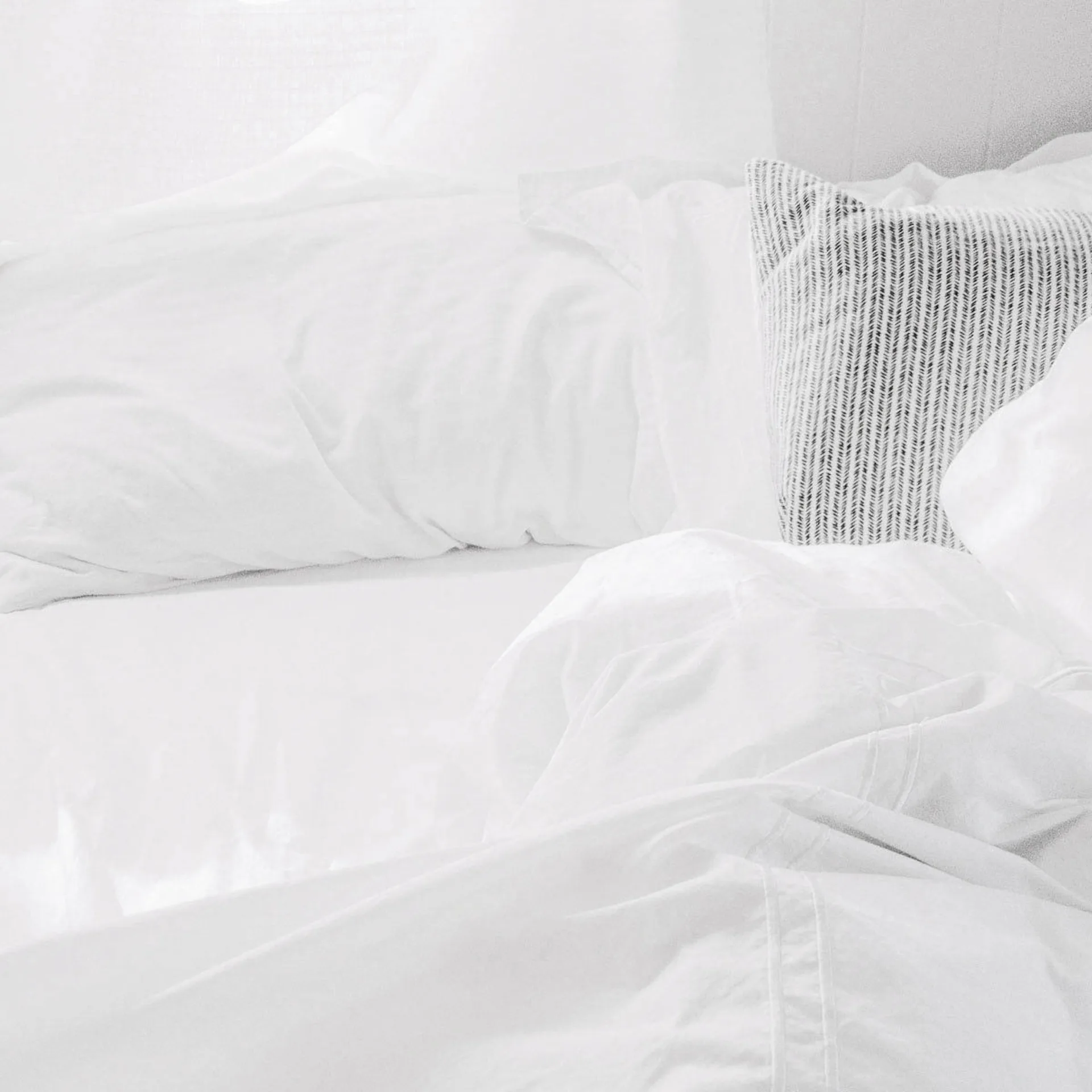How to Make a Gourd Birdhouse (Because, Baby, it’s Cold Outside)

Is it getting cold in your neighborhood? You’re not the only one feeling winter’s chill. Many varieties of birds are losing their natural habitats and need a dry, safe place to shelter during the colder months. You can help the birds by making a gourd birdhouse; it’s a fun DIY project that kids will enjoy helping with as well.
Materials:
dried gourd
drill with a 2″ diameter doorknob hole cutter
1/4″ drill bit
long knife and/or spoon
sand paper or wire brush
bleach
exterior latex paint or oil based primer and enamel paint
leather shoe lace
How to make a gourd birdhouse:
Step 1: It’s easiest to buy a dried gourd. But, if you can’t find one, then dry a fresh gourd by storing it in a cool, dry place for 3-6 months. You’ll know it’s dry when you shake it and hear the seeds rattle inside.
Step 2: Drill a 2″ hole in the front of the gourd. This will be the door to the birdhouse.
Step 3: Use the knife and/or spoon to scoop out the insides of the gourd.
Step 4: Use the sand paper or wire brush to sand the exterior of the gourd smooth. This will help the paint to stick. Pay special attention to the edges of the hole so that the birds can enter and exit safely.
Step 5: Mix a 1:10 solution of bleach and water and soak the gourd for 15 minutes to sanitize it. Then rinse in clean water and allow it to air dry. Be sure to protect yourself by wearing rubber gloves and eye protection while working with the bleach solution.
Step 6: Paint the exterior of the gourd to protect it. Have fun with this step and get creative with your painting.
Step 7: Drill three small drainage holes in the bottom of the birdhouse with the 1/4″ drill bit. Drill another two holes in the top to thread the leather lace through to hang.
Who’ll be stopping by?
Purple martins will definitely be attracted to your gourd birdhouse. This is good news because they’re great at controlling insect populations. Don’t be surprised if you also see bluebirds, swallows, chickadees, wrens, woodpeckers, titmice, great crested flycatchers, screech owls, kestrels, and nuthatches.
Why it’s (really) important
Many birds are environmental refugees. They lose more and more of their habitat to development, agriculture, and forestry each year. By providing them a safe, dry home you’re encouraging them to mate and stay nearby to raise their young.
According to the United States Fish and Wildlife Service, “Loss, degradation and fragmentation of important migratory bird habitat have been identified as potentially the largest individual threat to migratory birds. Much of this is human caused by development. Birds need essential resources for breeding, feeding, shelter, and survival, including access to food, water, and nesting sites.”
Rare, endangered species aren’t the only birds threatened. Many birds that are much more commonplace are under threat as well. According to National Geographic, “A National Audubon Society report…shows that some widespread species generally thought to be secure have decreased in number as much as 80 percent since 1967, and the 19 others in the report have lost half their populations.”
Related on Organic Authority
6 Steps to a Certified Backyard Wildlife Habitat
Brilliant Bird Feeder Ideas for Your Garden
Clever Ideas for Springtime Fencing Projects

